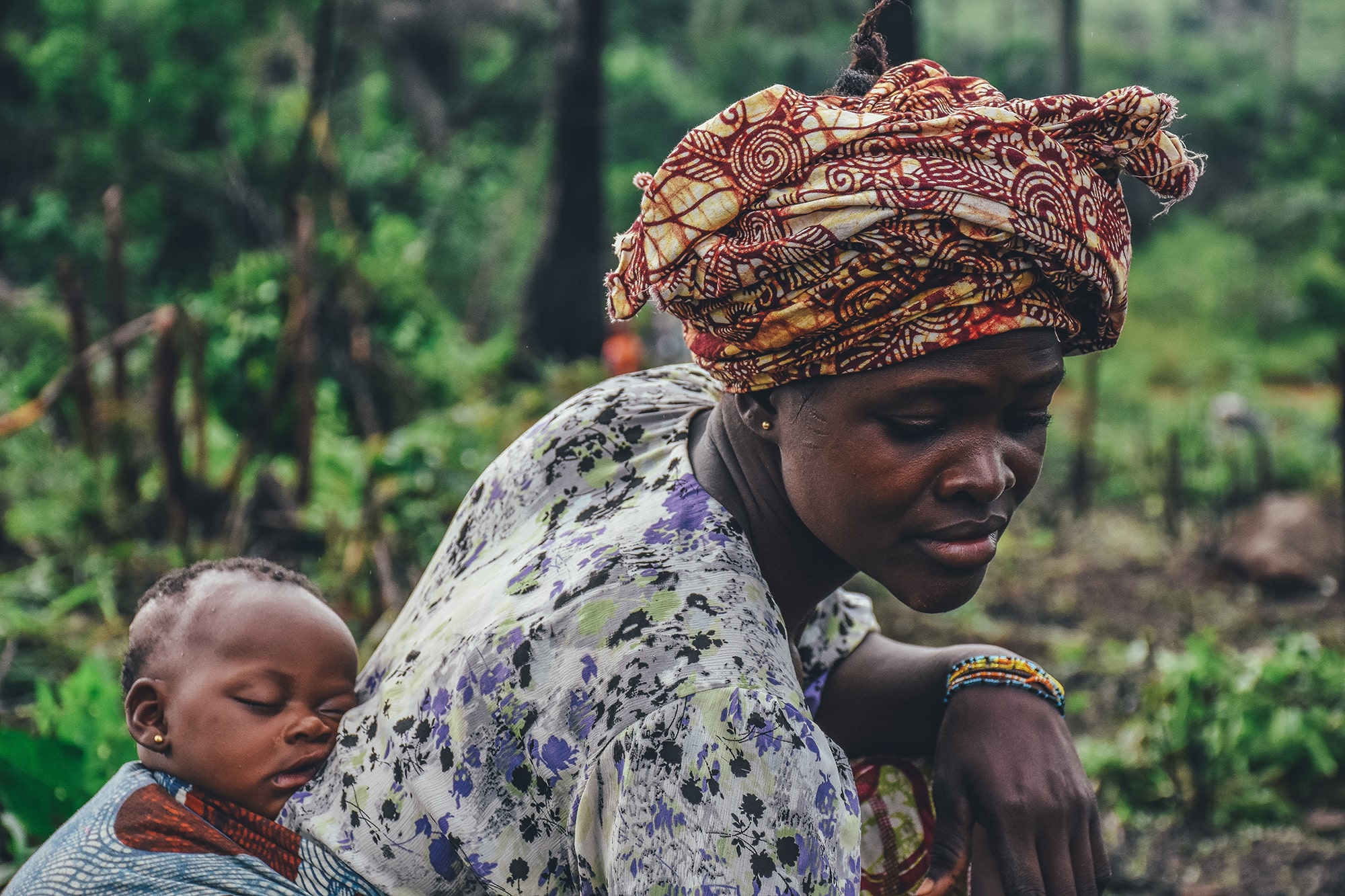Why Investing in Tanzania's Children Makes Financial Sense
When talking about helping vulnerable children, we often focus on the moral imperative—the fundamental right of every child to safety, health, education, and opportunity. These arguments resonate deeply with our humanity, as they should.
But there’s another conversation we need to have—one about hard numbers, economic returns, and national prosperity. Because the truth is, investing in children isn’t just the right thing to do morally; it’s arguably the smartest economic strategy a developing nation can pursue.

The Cost of Inaction
Tanzania loses an estimated 4.2% of its GDP annually due to factors directly related to childhood adversity:
- Healthcare costs associated with preventable childhood illnesses
- Lost productivity from adults whose cognitive development was impaired by early malnutrition
- Reduced workforce participation related to limited educational access
- Social service expenditures addressing preventable problems
- Criminal justice expenses for youth who lacked positive alternatives
This translates to billions of shillings that could be directed toward growth and development—if we addressed root causes rather than symptoms.
The Remarkable Returns
The economic case for investing in children becomes even more compelling when examining return on investment figures from rigorous studies:
- Early Childhood Programs: Every $1 invested in quality early childhood programs returns $7-12 in economic benefits through improved educational outcomes, reduced remedial services, and increased adult productivity.
- Child Nutrition: Addressing childhood stunting yields up to $60 in economic benefits for every $1 invested through increased lifetime earnings and reduced healthcare costs.
- Girls’ Education: Each additional year of education increases a girl’s future earnings by 10-20%, with additional returns through improved family health outcomes and reduced fertility rates.
- Youth Mentorship: Programs connecting vulnerable teens with positive adult mentors show returns of $5-10 for every $1 invested through reduced justice system involvement and increased employment stability.
These aren’t just academic calculations—they represent real economic potential currently left untapped.
Beyond GDP: The Human Capital Equation
Tanzania’s greatest resource isn’t its minerals, agricultural land, or tourism potential—it’s the creative and productive capacity of its people. Economists call this “human capital,” and it’s the fundamental driver of sustainable economic development.
A child who receives adequate nutrition, quality education, healthcare, and protection from trauma develops stronger cognitive abilities, better emotional regulation, and greater resilience—all qualities that translate directly into economic productivity in adulthood.
But here’s the critical insight: human capital development follows a sequential pattern where earlier investments dramatically increase the value of later ones. A healthy, well-nourished child gain more from education. An educated child benefits more from job training. This compounding effect creates exponential rather than linear returns.
The I Want to Be Foundation: Holistic Economics in Action
Our six integrated programs represent precisely the kind of strategic investment economic research recommends:
- The Nyumba ya Tumaini Child Haven Program addresses adverse childhood experiences that research shows can reduce lifetime earnings by up to 30% if left unaddressed.
- The Kesho Bora Educational Initiative builds cognitive skills during critical developmental windows when the brain is most receptive to educational investment.
- The Afya Bora, Maisha Bora Children’s Wellness Program prevents healthcare costs and cognitive impairment that drain economic resources later.
- The Amka Youth Leadership Academy develops executive function skills directly correlated with workplace success and entrepreneurship.
- The Mtoto Salama Community Program strengthens family economics to prevent the intergenerational transmission of poverty.
- The Sauti Sahihi Advocacy Network addresses systemic barriers that prevent children from reaching their economic potential.
The Investor's Perspective
If we approach child wellbeing through an investment lens, our six programs represent a diversified portfolio targeting different aspects of human capital development, each with well-documented returns.
For donors and partners, this means your contribution isn’t charity—it’s a high-yield investment in Tanzania’s future productivity and economic stability.
The total funding needed for our programs—$4.55 million over three years—represents just $50 per child reached. Compare this to the estimated $1,000+ per child in lost economic potential when early intervention doesn’t occur.
Beyond the Spreadsheet
Of course, children’s lives can never be reduced to economic calculations. The moral imperative to protect and nurture the vulnerable remains paramount. But understanding the economic dimension adds urgency to our work and helps shape more effective interventions.
When we invest strategically in children today, we’re not just helping individual lives—we’re building the foundation for a more prosperous, stable, and equitable Tanzania tomorrow.
As Nobel Prize-winning economist James Heckman observed: “The highest rate of return in early childhood development comes from investing as early as possible… in disadvantaged families. Starting at age three or four is too little too late.”
Join us in making this investment that pays dividends for generations to come.
Social Chat is free, download and try it now here!